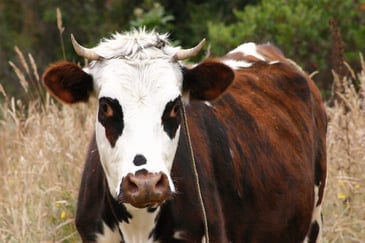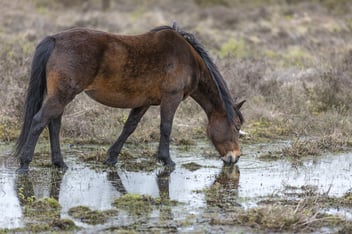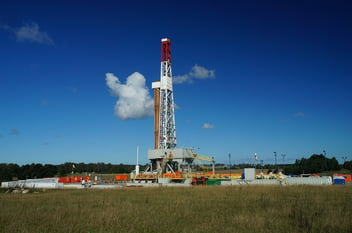
Top trends for Beef producers in 2021
The global meat industry has, just like many other industries, experienced turmoil during the COVID-19 pandemic. Supply chains came under pressure, global manufacturing almost slowed to a halt, and consumers’ consumption changed.
Add to that the pressure the beef industry is facing from various quarters due to its purported effects on climate change, and it’s clear to see why the industry is under pressure as it moves into 2021.
As a result of this changing market, trends will or have emerged that will shape the industry in the year to come. But what are these trends? Let’s take a look.
More Exports and More Local Buyers
Canada is a net exporter of beef, or in other words, it produces more than it consumes. In fact, over half of Canadian beef is exported. Because supply chains have been put under pressure globally during 2020, it’s expected that exports will lead the market recovery.

At the same time, the pandemic has fueled a movement to buy local which presents an excellent opportunity for Canadian beef producers. Despite this, because of the economic downturn, many households are still under pressure and dealing with smaller budgets with the effect that beef consumption will largely be dictated by pricing.
Live Cattle Exports Will Increase
Forecasts at this stage indicate that exports of live cattle will increase by 5% during 2021. Keep in mind, though, that the export market contracted at an estimated 12%, so the number is still down on previous years, but definitely a shift in the right direction.
Likewise, Fed cattle exports will increase by 3%, but will still remain below 2019 numbers and Feeder cattle will increase by 8%, but still also below previous numbers.
The Herd Will Remain Under Pressure
It’s forecasted that the cattle herd will continue to contract in 2021, following a 2% reduction in the calf crop and a 5% reduction in live exports during 2020. A rebound in processing activity following on the disruptions brought about by the COVID-19 pandemic will see cattle number decline until the end of 2021. Despite this, it’s expected the improved pasture conditions will support a 2% increase in Beef cow numbers.
Plant-Based Protein Continues to Grow
Companies that produce plant-based alternatives to traditional beef has, because of the lower cost of production, begun to increase their offering and become competitive in the market. FCC estimates that the sales of these protein are up by 2.9% compared to the same time last year. It’s also projected that its market share could increase 10% by 2025 and a massive 35% by 2040.
This could signal a slightly lower demand in beef, as these alternatives become more popular locally, but could open up new export markets as the demand for meat in Europe and Asia increases.
Final Thoughts
With the pandemic not going anywhere soon, a full economic recovery is not likely until 2022 at the earliest. Also, the Bank of Canada predicts that the Canadian GDP will shrink by 5.7% in 2021. This means people will have less income, so it’s expected that it won’t be plain sailing for the beef industry during 2021.






Leave a Comment